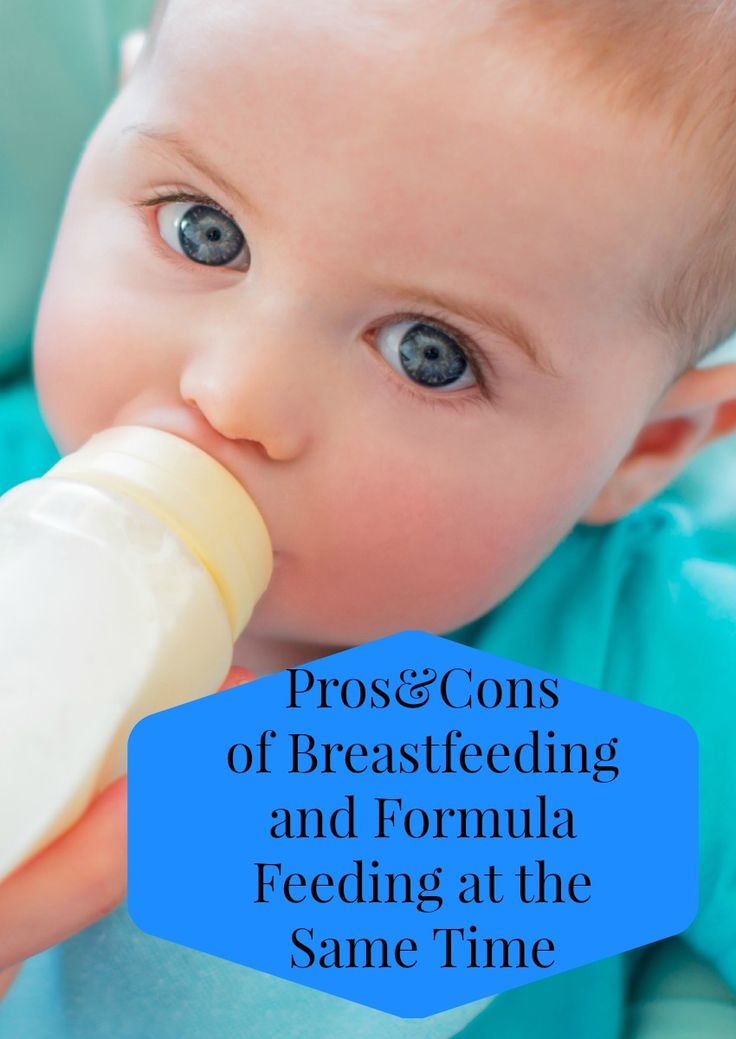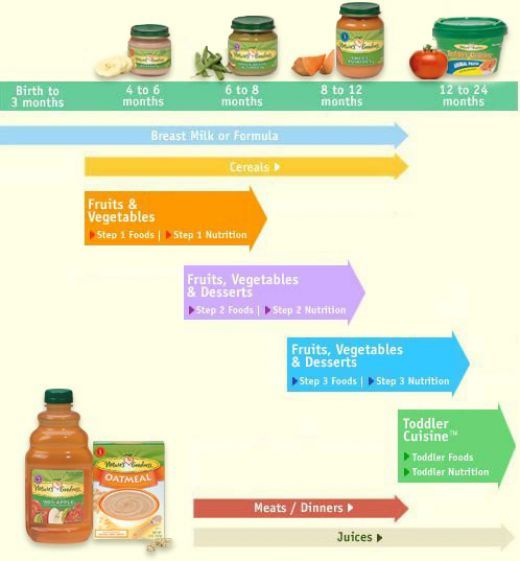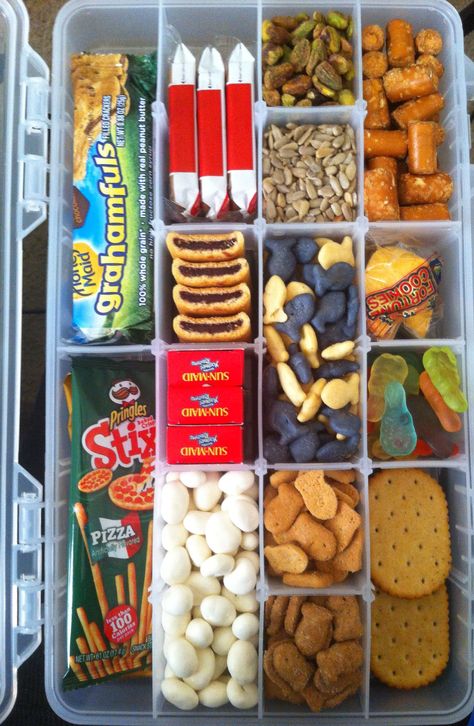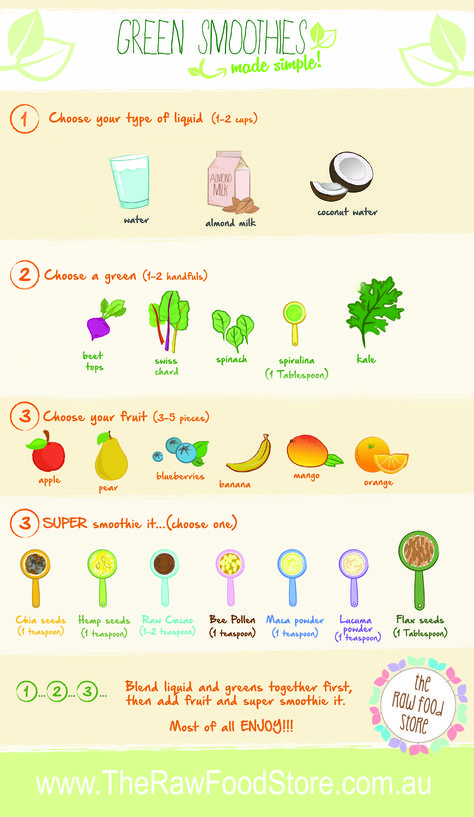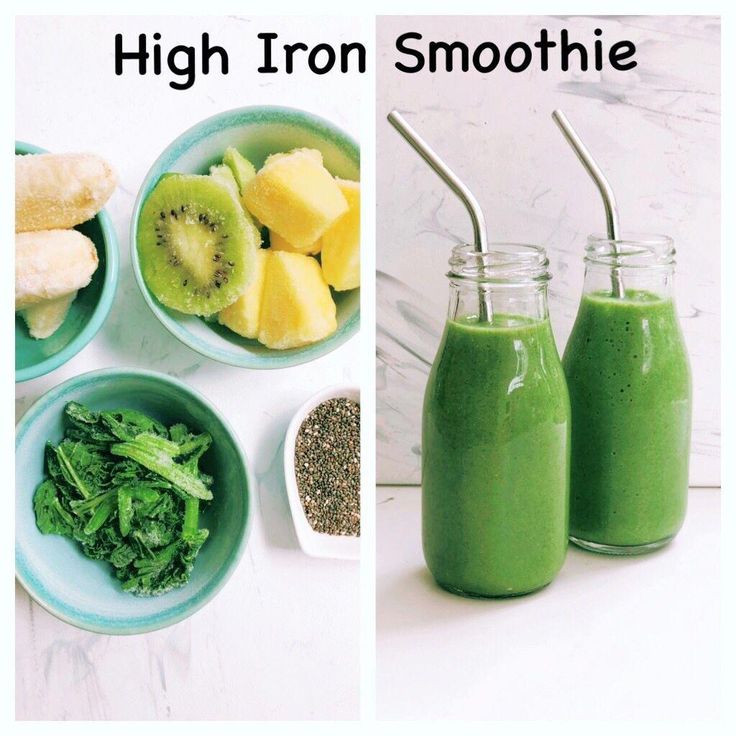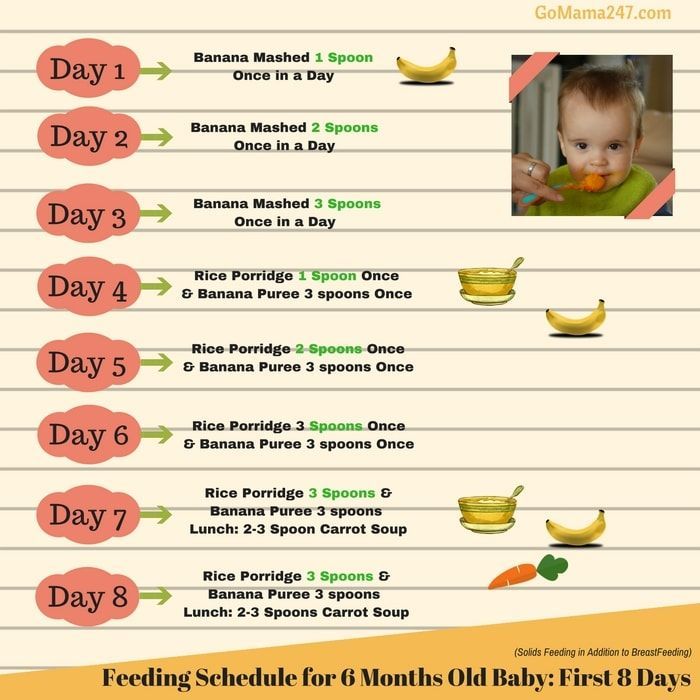Can i feed my baby cold formula
Can Babies Drink Cold Formula? Yes. Here's Why.
Your cart is empty
Shop formulas
You have not added any favorites yet.
Shop formulas
August 18, 2020
Can Babies Drink Cold Formula? Yes. Here's Why.
Parents may wonder, can a baby drink cold formula? Our simple answer is, yes, of course they can!
So why do we suggest warming the water first, and is there really a perfect temperature for the bottle? Also, are all babies okay with cold bottles or is that a learned preference? Keep reading, as we answer these questions and more.
Boiling Water for Baby Formula
If you visited our formula preparation guide, you will notice the first step is to boil the water. The reasoning behind this is to kill the bacteria and other microorganisms that could be present in your water.
Perhaps your water is perfectly clean, and we really hope it is! But as an extra precaution, it is highly advised to boil the water for your baby’s safety. Those microorganisms may not bother our grown-up adult body, but your baby could be more sensitive. Just play it safe.
Lastly, if you are using your tap water to prepare the water, please only fill your tea kettle or water warmer with cold water. The hot water heaters and plumbing in your house may have corrosion from running the hot water through them.
These metallic contaminants can be picked up, and boiling your water does not remove them from the water! Using the cold tap water may take longer to heat up, but it is the safest option.
Baby Bottle Warmer – is it necessary?
Many parents buy bottle warmers to bring the formula to the “perfect temperature” for their baby.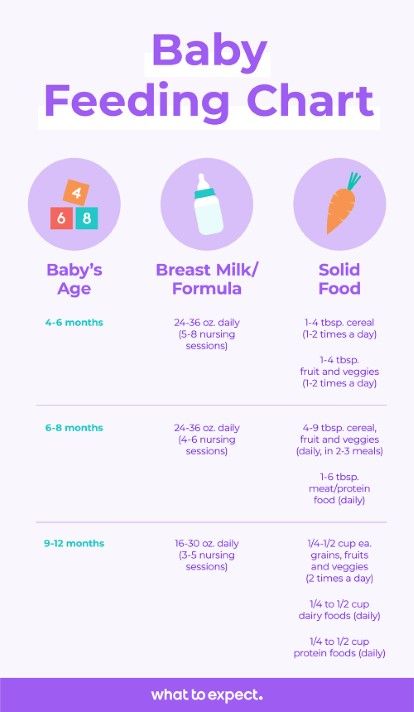 While this may seem like a necessary item for new parents, many experienced parents realize this is not the only option.
While this may seem like a necessary item for new parents, many experienced parents realize this is not the only option.
In fact, many babies will drink the bottle if it is mixed with room temperature water. Perhaps you are out of the house and have a bottle of water you are using to mix the formula. Your hungry baby will drink that bottle with that room temperature water, even though it isn’t as warm as the bottle warmer will make it.
This doesn’t mean you can’t buy a bottle warmer, perhaps your baby is very finicky and will only take it warm. In this case, your bottle warmer will be a happy addition to your baby products.
Just remember, the temperature for the baby formula should never be hot. Always test it on your wrist first to make sure the baby formula is around body temperature.
Cold Formula for Baby
To save time, many parents mix up bottles for the next day and place them in the refrigerator. This is a great strategy, just remember mixed baby formula is only good for 24 hours.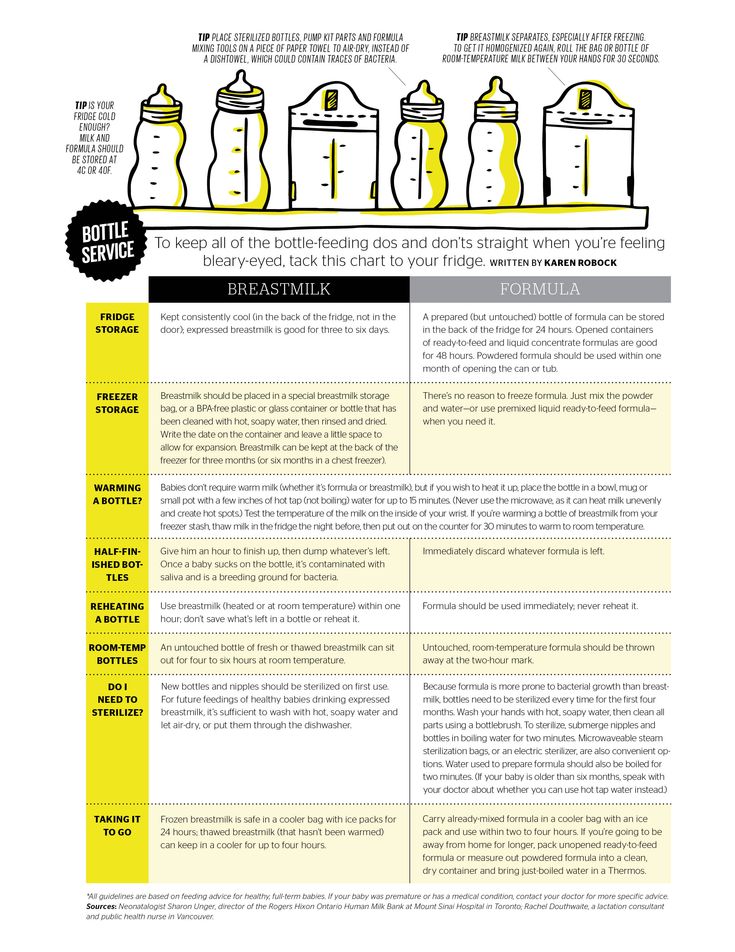
When it’s time to feed your baby, you might not want to wait for the bottle to warm up. Some parents just give the formula to the baby as it is. Drinking the bottle warm all the time could possibly lead to a learned preference for the baby. Try varying up what temperature you serve the bottle, and see if your baby really doesn’t mind.
But does cold formula upset baby’s stomach? Not really. We drink cold milk all the time, and your baby might even enjoy the milk cold – especially if they are teething!
If you have a newborn baby, you might not want to give refrigerator cold formula at first; their digestive system doesn’t need to burn extra calories or energy warming it for them.
For newborns (or finicky babies), you can take the initial chill off from the bottle by running warm water over it in the sink for a minute and swirling it. Or to conserve water, you can place the bottle in a deep bowl filled with warm water for a few minutes.
Once your baby is past the newborn stage, serving bottles directly from the fridge might end up being the preferred option for baby. Just watch your baby, and let their cues tell you what is best for them!
Just watch your baby, and let their cues tell you what is best for them!
Another note, some babies are okay with the cold milk, but they do not like the cold nipples. Try storing your bottle in the fridge with a top (some bottles have the top without the nipple). Or you can always run the nipple under warm water at the sink before serving baby.
Never warm the bottle up in the microwave! This can create hot spots in the milk, not to mention destroy the bottles and possibly leak chemical contaminates into the milk.
#1 Best Cow Milk Formula
Kendamil Stage 1
Age: 0-6 months
Size: 800g / 28.22oz
Why Choose?
Whole Milk option with MGFM, DHA/ARA from Algae Oil instead of Fish Oil, No Palm Oil
Check Pricing
#1 Best Goat Milk Formula
Holle Goat Milk Stage 1
Age: 0-6 months
Size: 400g / 14oz
Why Choose?
Biodynamic Organic A2 Whole Goat Milk, Organic Maltodextrin, No Palm Oil
Check Pricing
Conclusion
Cold formula does not hurt babies, and in fact might be the preferred temperature for your baby. Newborns shouldn’t have refrigerator cold formula, but after this stage, it is perfectly acceptable to introduce the formula cold.
Newborns shouldn’t have refrigerator cold formula, but after this stage, it is perfectly acceptable to introduce the formula cold.
Always observe your baby and don’t force your baby to have cold formula if they refuse it. It’s better to feed your baby and take the extra few minutes warming it up each time if they are finicky with cold formula.
Read Next:
Can Babies Drink Formula Cold? – Organic Formula Shop
According to a Center for Disease Control report, over 3.7 million children were born in 2019. This number gets projected to rise as more millennials look to have children. As a new parent, holding your baby for the first time feels great. But, as you walk out of the hospital, you have to be ready for what's coming. When it comes to feeding, you want to get things right for the baby. Are you wondering can babies drink formula cold? We seek to educate you on what you need to know about feeding your baby formula. Is it wrong to give your baby formula, or is it excellent for the baby?
Read on to find out.
According to the American Academy of Pediatrics, the breastfeeding duration is six months. This is because breast milk has enough agents to help them counter certain illnesses. Breastfeeding also helps the mother’s health. But due to certain health complications, a mother may fail to produce enough milk or even no milk at all.
Enter baby formula. This is an excellent breast milk substitute made from vitamins, minerals, and milk. For lactose intolerant babies, there’s a unique formula that is easily digestible. These supplements also include vegetable oil fats, which help the baby’s growth.
What Age Can Babies Drink Cold FormulaAs highlighted, a mother’s health condition may render her unable to produce enough milk. While this seems illogical, there are cases where some choose to avoid breastfeeding altogether.
After birth, an infant is ready to start breastfeeding or take formula. But, since the formula differs from natural breast milk, it's essential to note that the child will feed frequently.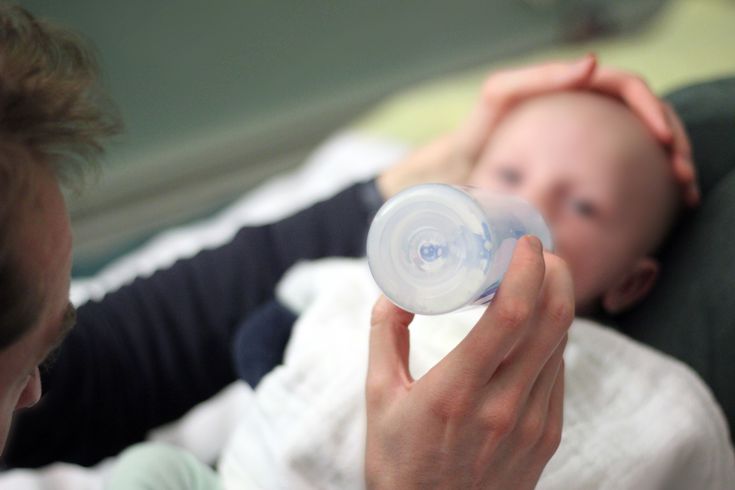 Whether you choose to start giving your baby formula at birth or over time, know that this milk is harmless to them. It’s as good as regular breast milk.
Whether you choose to start giving your baby formula at birth or over time, know that this milk is harmless to them. It’s as good as regular breast milk.
There are many brands, so picking the best formula can be overwhelming. If unsure of which brand to choose, be sure to consult with your pediatrician. You don’t want to buy a baby formula supplement that leaves your baby gassy or uncomfortable. Here are common formula types you will find.
Cow Milk Formula: This is the most common formula type in the market. However, it does not contain the usual cow’s milk but instead processed milk. The processing breaks down the milk to allow easy digestion in the baby’s stomach. But since infants are different, the cow-base formula may not be an excellent fit.
Soy-Based Formula: With the creation of soy-based, lactose-free formulas, babies with lactose intolerants can also be accommodated. If you are considering soy-based formula for your little one please check out our blog about soy in baby formula.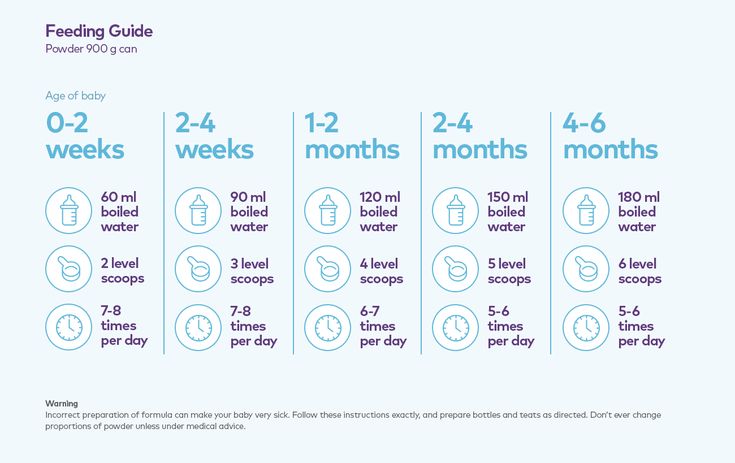
Protein Hydrolysate Formula: This unique baby formula caters to children born prematurely or with special needs. The protein inside gets broken down into smaller bits to allow easy digestion. It’s usually the best option for babies with intolerance to cow milk or who are prone to allergies.
Goat milk formula: when your baby has trouble digesting cow’s milk protein goat milk can be a good solution. Goat milk formulas generally forms a softer, smaller, and looser curd once it reaches the gut. This makes it easier to digest for your little one.
Forms of Baby FormulaBesides types, these supplements take various forms. Here is a breakdown to help you understand further.
- Ready to Feed Formula: You get a pre-prepared supplement to feed your baby straight from the package with this baby formula type. While this is convenient for busy parents, note that it usually comes with a higher price tag.
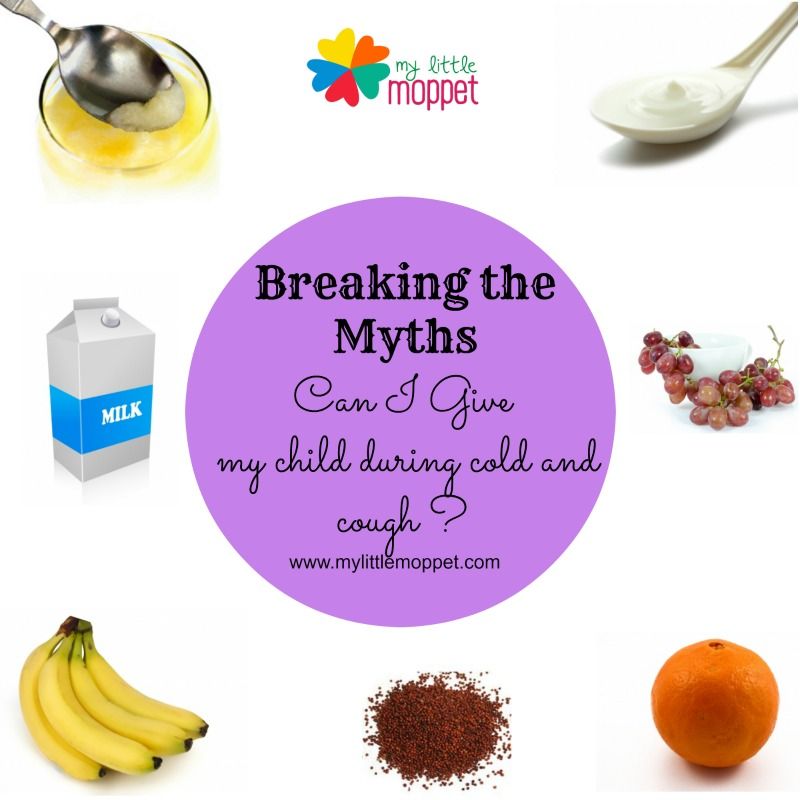
- Powder Formula: With this, you get a powdered concentrate that you have to measure, add water, and shake until you get a milky solution. The package comes with a dedicated scoop, is cost-friendly, and lasts longer.
- Liquid Concentrate Formula: You have to measure the correct amount of water and formula to get a balanced ratio like in powder formula. It is an excellent option for parents on the go; but, it boasts a higher cost than powder forms.
It may be cliché to say that you will spend the better part of the day feeding your baby as a new parent. While at it, you may ask yourself various questions, including, can your baby drink cold formula?
While you may get used to warming the baby’s formula, switching to cold formula may seem overwhelming. You don’t want to cause any discomfort to your baby’s stomach. But you don't have to worry because the cold formula is harmless and suitable for the baby.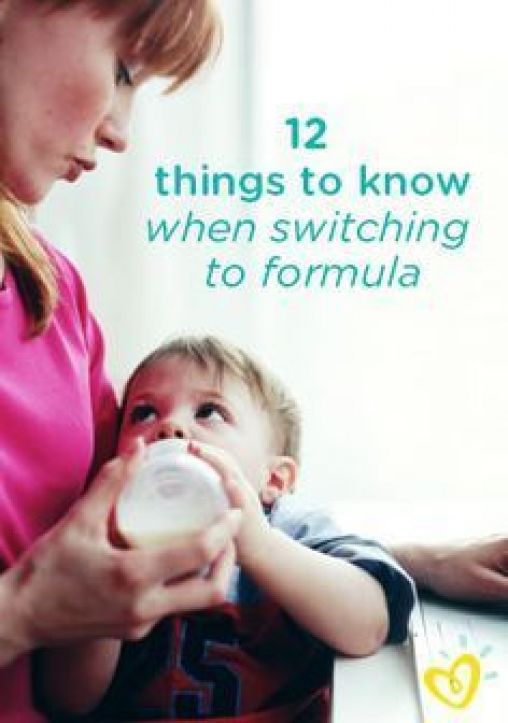 But keep in mind that babies have their preferences and will strive to ensure you take note. So be sure to read the cues your baby gives to ensure they have quality feeding times.
But keep in mind that babies have their preferences and will strive to ensure you take note. So be sure to read the cues your baby gives to ensure they have quality feeding times.
If you notice constipation and gas issues after feeding, you may wonder if the cold formula is the cause. In such situations, it's better to consider the type of formula you feed your baby and if the cases started recently, consider the changes. This is because milk formula has no effects on your baby, whether cold or warm.
Pros of Feeding Your Baby Cold FormulaWhen feeding your baby cold formula, it’s essential to know what to expect. Here is what giving your cold baby formula gives you as a parent.
ConvenientWhile outdoors carrying on with your activities, there is no guarantee to find somewhere to warm the milk. And since you cannot overlook your baby’s feeding schedule, cold milk is your best option.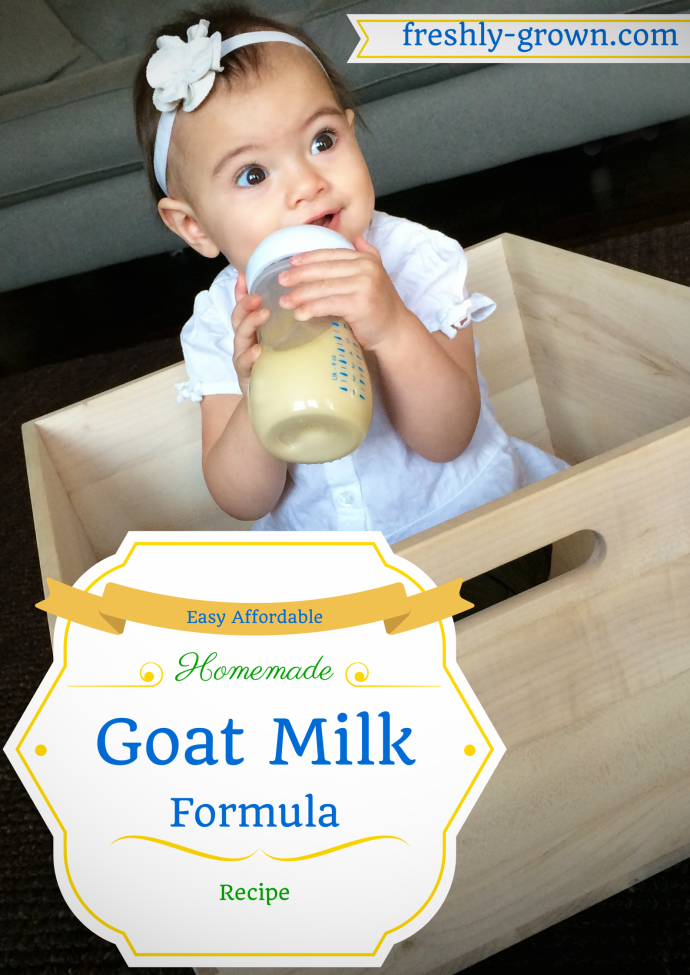 Also, keep in mind, your baby has many feedings during the day, and warming the milk each time is not convenient.
Also, keep in mind, your baby has many feedings during the day, and warming the milk each time is not convenient.
When looking for a quicker way to warm food around the house, it's typical to use the microwave. While this may be the warming method available, it’s however strongly disapproved, according to the CDC. The microwave heats food unevenly and may create hotspots in the formula. The hotspots may burn your infant's mouth, bringing discomfort and serious issues.
Cons of Using Cold Baby FormulaDespite the notable advantages, feeding your baby also has some negatives. Be ready to encounter the following factors.
Not Suitable for Premature CasesAccording to Medela, warming is a common practice for nurses in the NICU. The feeding of cold milk to an infant changes body temperature affecting metabolism. However, it's essential to note that no research has proved these facts yet.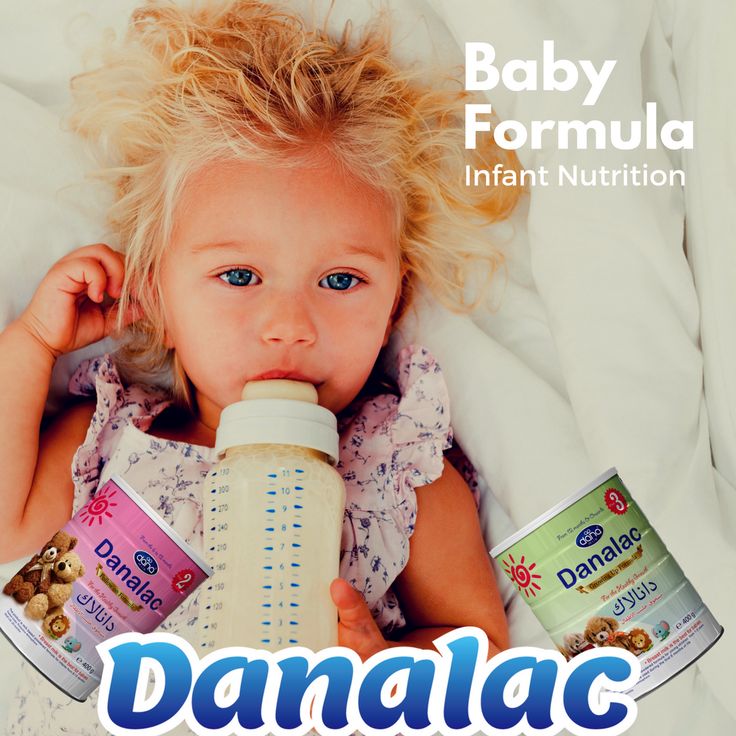 The Human Milk Bank Association advises running the formula in warm water to achieve room temperature.
The Human Milk Bank Association advises running the formula in warm water to achieve room temperature.
While you may get used to feeding warm milk each time, this should be your concern in switching. the baby may refuse to take the cold formula and spurt it over their face. This will likely result in a refusal to feed and intermittent crying. But if you have no warmers around, your baby will eventually feed, so there is no need to worry about them going hungry.
How to Buy Your Baby’s FormulaAs a new parent navigating the baby formula market, you will likely get overwhelmed by the many options available. While you may have seen a formula package in a fellow parent’s home, it doesn’t mean it's the best for your baby. Note that preferences differ, and what works for their child may fail on yours. Here is how to get the best supplement for your baby.
Check Costyou can expect a splash on your finances due to the various types and forms of baby milk formula available.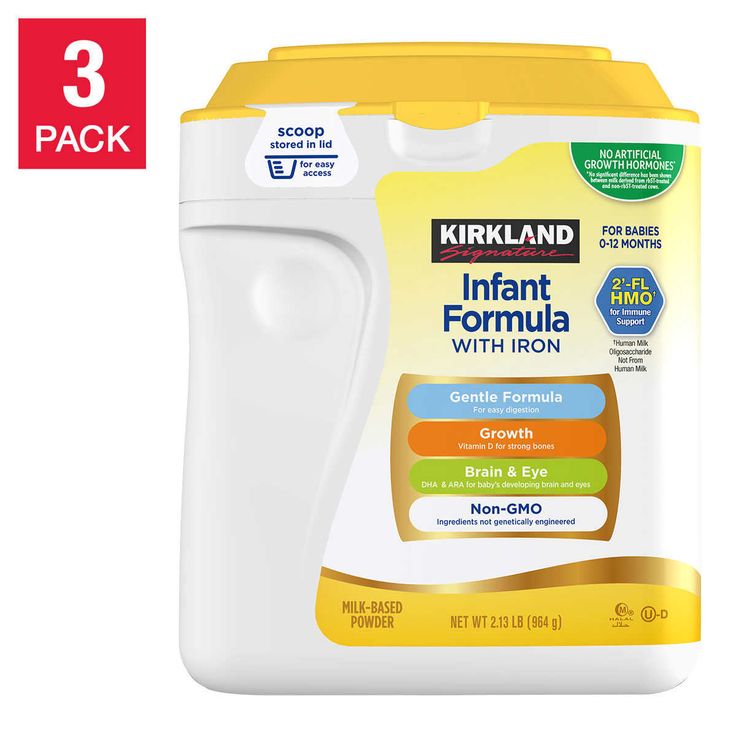 However, you want to buy the best formula for your baby at affordable costs to allow budget planning. Powdered formulas get attributed to cheaper costs, but you have to brace yourself for the preparation labor. Comparatively, the price adjusts when choosing liquid concentrates which need distilling.
However, you want to buy the best formula for your baby at affordable costs to allow budget planning. Powdered formulas get attributed to cheaper costs, but you have to brace yourself for the preparation labor. Comparatively, the price adjusts when choosing liquid concentrates which need distilling.
On the higher end, you have ready-to-drink formulas which offer convenience. Since you don't want to be mixing formulas at 2 a.m, you may choose to start with these ready-to-drink types. But be sure to switch to the other forms later to save some cash.
Confirm AccessibilityThe popularity of a particular formula shouldn’t draw you to buy. You have to be sure of constant availability to avoid urgent formula switching. As advised by doctor moms, one way to ensure constant accessibility is to opt for store-based brands. Their availability is always guaranteed at any time of need. Also, note that some imported brands miss the Food and Drugs Association approval.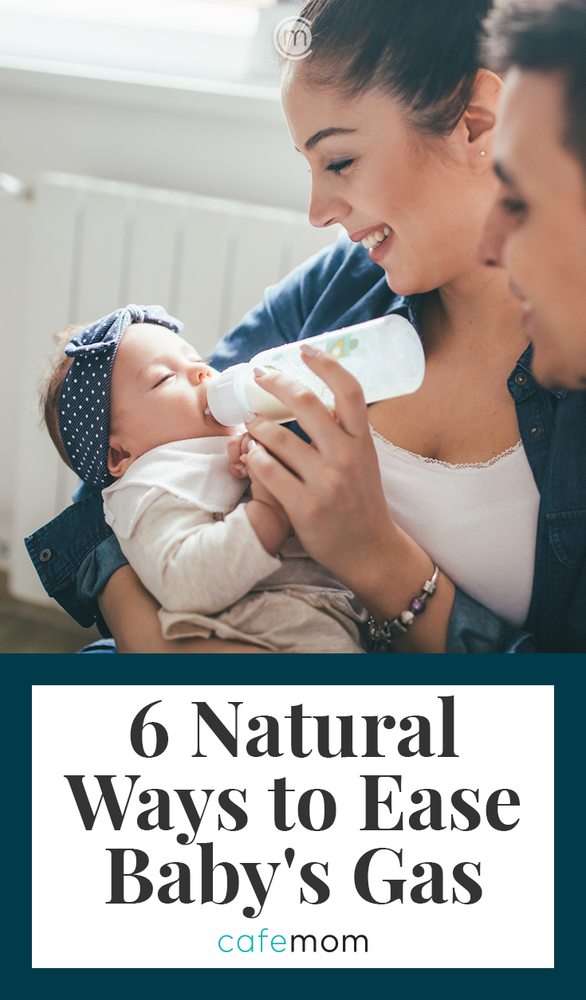 Hence, it's essential to consult with your pediatrician first before considering these brands.
Hence, it's essential to consult with your pediatrician first before considering these brands.
From statements like, “raising intelligent babies, the best composition you can get,” you are likely to see it all. However, according to doctors, it’s advisable to take these as theoretical claims. Advertisers will use scientific terms like Lutein, which is found in breast milk, to increase sales. But according to research, lutein-formula and non-lutein formula show no differences.
While adding these agents to baby formula may seem suitable for the babies, there is no point in spending extra on them. Some may even label their products to show these added features but still miss them in the composition.
Baby Formula Best Preparation PractisesAs you look forward to preparing your baby’s formula, it’s essential to know about the best preparation practices. This will ensure both of you have smooth feeding times.
Before feeding your baby, you were likely doing other activities, indoors or outdoors. And since germs are evident in almost every surface, you don’t want to transfer them to your baby's stomach. So before handling the cold formula, ensure your hands are well cleaned and the preparation surface. Your cleanliness should also involve the feeding bottles and accessories.
Check the Expiration DateMost parents will choose to stock up on baby formula, whether new or veteran. However, it’s essential to note that some forms of baby formula have a limited shelf life upon opening. Manufacturer instructions usually lay these storage details on labels or user manuals. Feeding your baby expired baby formula can lead to worse health consequences.
Have the Right Water SupplyWater is a primary ingredient in powder and liquid concentrated formulas. While the water will serve the purpose needed, concerns for purity and fluoride levels are significant. If unsure about your water supply fluoride and purity levels, be sure to contact your water supplier. Many offer tests and results upon request.
If unsure about your water supply fluoride and purity levels, be sure to contact your water supplier. Many offer tests and results upon request.
If using well water, ensure to boil it for about one minute and let it cool before using. Excessive fluoride exposure causes stained teeth, while moderate exposure enhances tooth decay prevention.
Discard any LeftoversWhile you may be on a budget and have the best baby formula storage facilities, leftovers should be thrown out. According to a formula’s shelf life details, any opened formula should not exceed the said duration. Also, bacteria in your child's saliva multiply and contaminate the solution. If concerned about waste, it’s advisable to take up small servings. To allow for easy organization of opened formulas, use labels showing the preparation date.
When Will My Baby Stop Drinking Cold FormulaAs your baby grows older, their preferences change, and so do their feeding patterns. According to the American Academy of Paediatrics, a baby should ditch the bottle after hitting twelve months. At this time, most toddlers can handle certain meal types with ease. While the formula may supplement their diet, you can cut it to complete the transition to solids.
According to the American Academy of Paediatrics, a baby should ditch the bottle after hitting twelve months. At this time, most toddlers can handle certain meal types with ease. While the formula may supplement their diet, you can cut it to complete the transition to solids.
But keep in mind, this process varies from one child to the other hence it’s better to let yours lead on. You don't want to hurry or slow the process. Transitioning to a sippy cup can also help the baby wean off baby formula and promote motor skills.
The Takeaway on Babies Drinking Formula ColdBringing a child into the world is an enjoyable experience new parents look forward to with anticipation. But, owing to health complications and lifestyles, many choose to skip breastfeeding. Substituting breast milk for baby formula is the best option for you if subjected to the above complications. While you want the best for your child, it's typical to ask oneself can babies drink formula cold.
The above guide lets you know what the cold formula entails, the dos and don'ts. Are you looking to make your next formula order online? Check our massive catalog for your baby formula of choice.
What not to do when feeding a baby from a bottle | mamaclub
If for some reason you have to bottle feed your baby with expressed milk or formula, then it is extremely important to follow certain rules so as not to harm the baby's health.
General rules
Always check the temperature of formula before offering it to a baby. Too hot mixture is unsafe, and too cold - may not please the child.
Do not heat bottled formula in the microwave. But do not think that microwaves are dangerous, everything is much more prosaic - the microwave provides uneven heating, as a result of which very hot spots form in the mixture, which can cause burns to the child's tongue or oral mucosa.
Video of the day
Do not mix formula and breast milk in advance.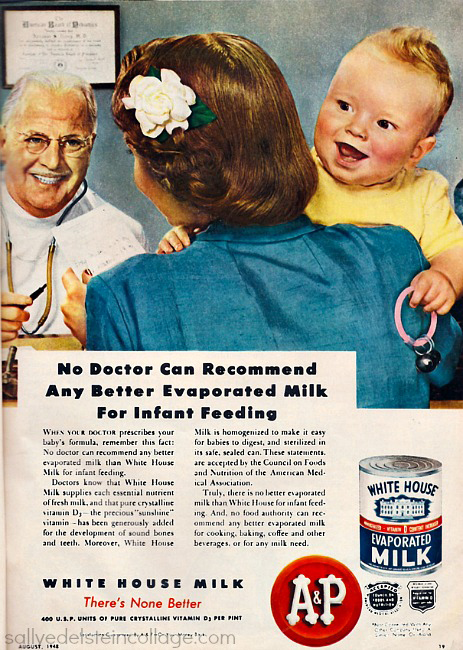 This mixture should be given to the child immediately, it can not be stored.
This mixture should be given to the child immediately, it can not be stored.
Do not feed formula that is expired or about to expire.
Do not dilute formula with cow's milk, soda, juice, or any other drink or liquid other than pure boiled water or bottled baby food.
Do not exceed recommended mixing ratios.
Baby feeding
You can feed your newborn with formula not only by the hour, but also on demand, while not exceeding the recommended doses of formula.
If the baby falls asleep while sucking formula from the bottle, there is no need to wake him up and force him to continue eating.
You can't even leave a bottle with a sleeping baby - it must be taken carefully, without waking the baby. You can replace it with a pacifier if needed. Sleeping with a bottle in your mouth is dangerous for a child - the baby may choke on the mixture in a dream. In addition, a long-term effect of the mixture on the child's teeth is highly undesirable - this contributes to the appearance of caries.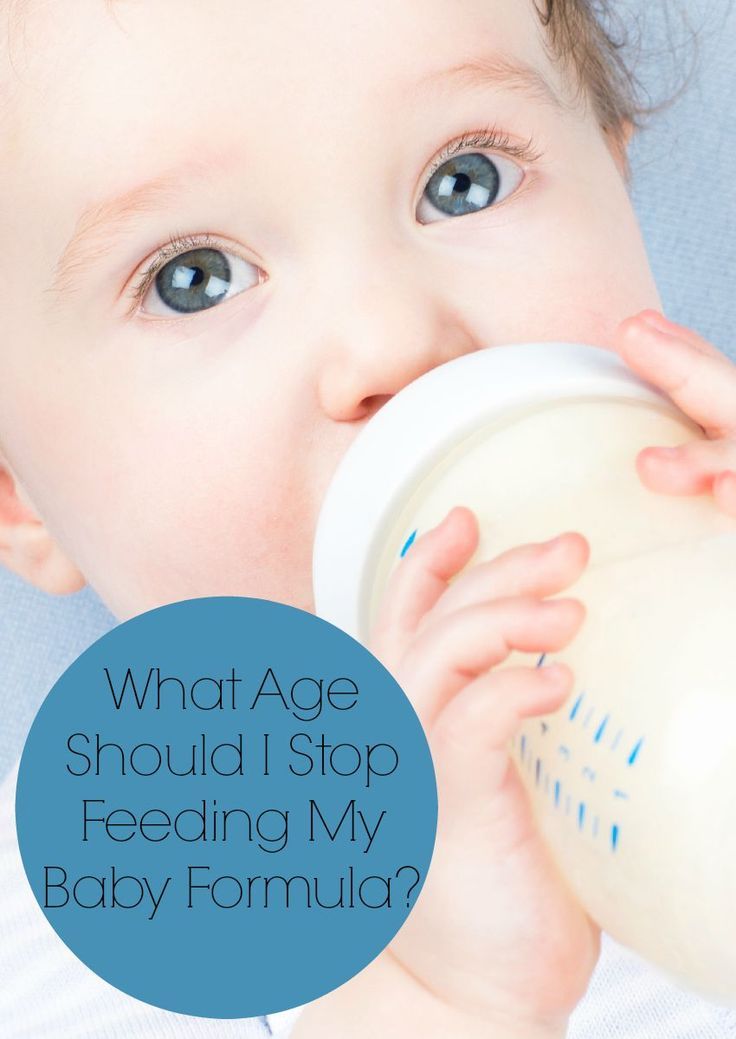
The prepared mixture is used for meals for one hour. Expressed breast milk can be used within 6-8 hours of storage at room temperature. After this time, the remaining milk or mixture should be discarded.
Do not let your baby suck on an empty or half empty bottle nipple. It should be constantly monitored so that there is formula or milk in the nipple of the bottle and the child does not swallow air. Otherwise, problems with colic cannot be avoided.
Bottle Care
Bottles require sterilization before first use. It is enough to boil them for five minutes so that the water completely covers the entire bottle. After sterilization, the bottle is laid out on a clean towel to dry.
It is not necessary to boil the bottles after each feeding, it is enough to wash them thoroughly in hot water using a special thin brush.
Bottle sterilization is required if well, rain or other non-potable water is used for washing.
Never use cracked or chipped bottles. Worn bottles should be thrown away.
Worn bottles should be thrown away.
Replace bottle nipples regularly according to the manufacturer's recommendations and if they become sticky, thin, cracked or torn.
The materials on this site are recommended for general informational use and are not intended for diagnosis or self-treatment. MedOboz's medical experts ensure that all content we host is published and meets the highest medical standards. Our goal is to inform readers about the symptoms, causes and methods of diagnosing diseases as efficiently as possible. We urge you not to self-medicate, but to diagnose diseases and determine the methods of their treatment, we advise you to contact doctors.
Popular doctors
Medicines
Infant formula temperature: what temperature should infant formula be?
09/23/2019 Reading time: 5 min 110399
Contents of Article
- Basic Rules for Mixing
- Separately about water
- Auxiliaries
- How to measure the mixture temperature?
- How to give formula?
- How to choose the right mixture
- Expert advice
- Myths about infant formula
Basic formula preparation
Mother's milk is the best food for a newborn. However, lactation does not occur in all women, and sometimes there is too little milk. In this case, infant formula comes to the rescue - a special food created taking into account all the needs of your baby. What temperature should be the infant formula and how to achieve ideal performance, we will tell in this article.
However, lactation does not occur in all women, and sometimes there is too little milk. In this case, infant formula comes to the rescue - a special food created taking into account all the needs of your baby. What temperature should be the infant formula and how to achieve ideal performance, we will tell in this article.
This is important!
The optimal and comfortable temperature of the mixture for the baby is 36-37 degrees Celsius, that is, the temperature of his body.
Some mothers, for ease of breeding, pour the mixture literally with boiling water. And this is a big mistake, because too hot water destroys the nutrients in baby food. Boiling water can be used, but only on the condition that it is diluted before you pour it into the infant formula.
Separately about water
When choosing water, pay attention to its labeling. Bottled has the designation "for food" or "for the preparation of mixtures." The second option does not contain a large amount of mineral salts, so it does not disturb the balance of the mixture.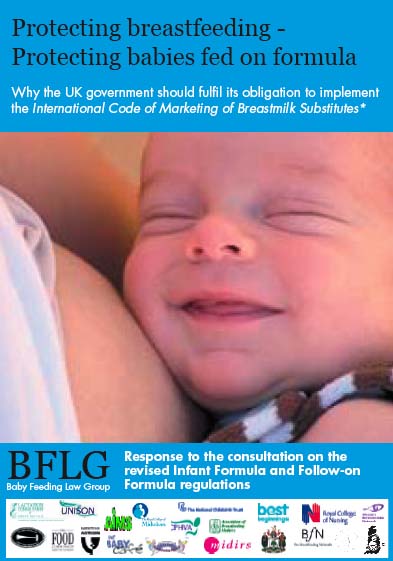 Moreover, it is recommended to use filtered and boiled tap water only in the most extreme cases. If you do not have the opportunity to regularly buy bottled water, purchase a special "children's" filter. It does an excellent job of purifying running water, making it more or less suitable for baby food.
Moreover, it is recommended to use filtered and boiled tap water only in the most extreme cases. If you do not have the opportunity to regularly buy bottled water, purchase a special "children's" filter. It does an excellent job of purifying running water, making it more or less suitable for baby food.
Auxiliaries
In the age of digital solutions and smart technology, any household issues, including maintaining the optimal water temperature for diluting the mixture, are solved with the help of assistant devices. Purchase an electric kettle with a built-in thermometer or a heater that allows you to maintain a constant optimum temperature around the clock - so you will always have “ready” water for cooking at hand.
How to measure the mixture temperature?
There are several ways to measure. You can, as described above, use a kettle or heater with a predetermined temperature. It's fast and convenient. Breeding the mixture in the classical way, it is necessary to measure its temperature before giving it to the baby.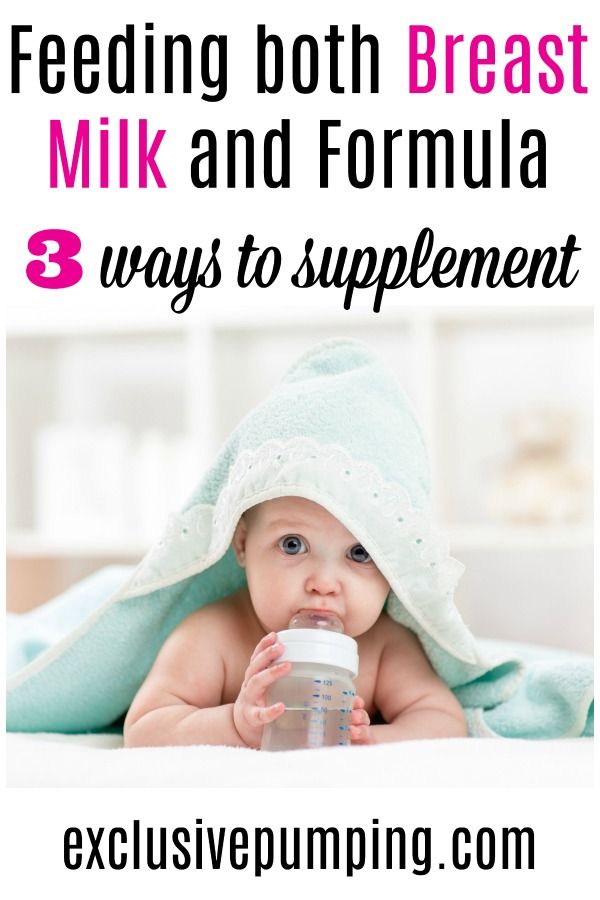 For this you can use:
For this you can use:
• special thermometers for liquids;
• infrared thermometers;
• own wrist. Apply a few drops of nutrition to the back of the most delicate and sensitive part of the wrist. If it's hot for you, it will be hot for the baby;
• the area of the temples. It is also a sensitive and therefore "test" zone. Attach the bottle to the right or left temple - it should not burn the skin, you should feel a light and comfortable warmth.
Never try to determine the temperature of the mixture by taking a sip from the bottle or dipping your finger into it.
Both in the mouth and on the hands there are always a lot of bacteria, they can be potentially dangerous for the health of the child - do not risk it!
If the mixture is too cold or hot?
If the mixture is too hot, it is recommended to wait a bit with feeding, it will cool down at room temperature in 10-15 minutes.
If this worries the baby, you can cool the food by placing the bottle in a bowl of cold water.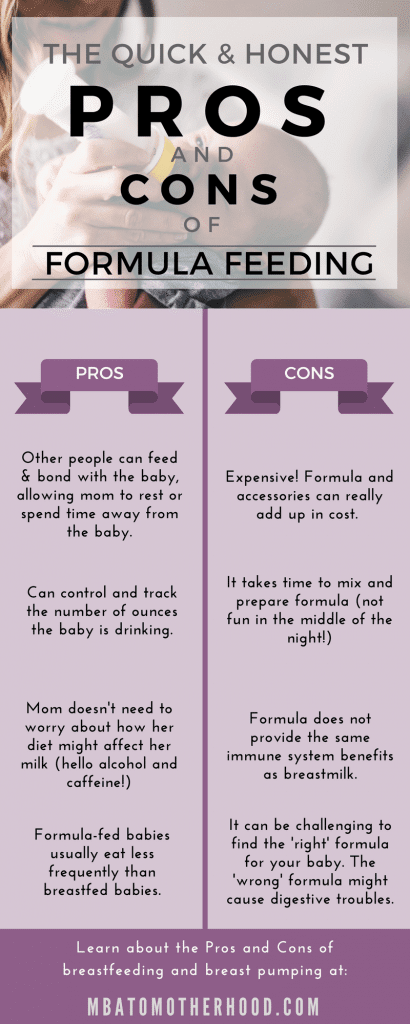
If the food is cold, proceed in the same way, only by changing the temperature: place the mixture in a bowl of warm water. Do not use a microwave for this, food warms up unevenly in it, and there is a big risk for the baby to get burned. After cooling or heating, the temperature of the mixture must be checked before giving it to the child.
How to formulate?
In addition to strictly following the instructions for storing and diluting baby food, it must be given to the baby correctly.
This is important!
If the baby is mixed-fed due to a lack of mother's milk, it is necessary to supplement it with a mixture only after breastfeeding. The second option is to completely replace one feeding with formula*.
Baby food is served to the baby in a bottle that is convenient for him (watch the material of the nipple and the size of the hole: if it is too small, the child simply will not be able to eat, and if it is too large, he may choke). Before feeding, the bottle must be sterilized: you can use a pot of boiling water, a special sterilizer or a dishwasher for this.
Before feeding, the bottle must be sterilized: you can use a pot of boiling water, a special sterilizer or a dishwasher for this.
Another important note: if the child is completely bottle-fed, or the baby is sick (especially if there is a high fever or diarrhea), it must be supplemented. The amount of liquid for supplementation during the day corresponds to the volume of one feeding. To do this, choose special baby water, which can be bought at a specialized store, a dedicated department of a supermarket or a pharmacy. Bottled water is also suitable for making infant formula. All questions about the drinking regimen of a baby on artificial or mixed feeding must be checked with a pediatrician!
How to choose the right mix
There are many varieties of infant formula available on the market. Conventionally, they can be divided into three main options:
- Dry, in powder form to be diluted with water.
- Liquid, prepackaged in sterile packaging, ready for use.

Regardless of the type of mixture, before feeding the baby, it must be brought to the desired temperature. This can be done with water (in the case of dry options) or simply by heating the package in a water bath (in the case of the finished mixture). It is recommended to choose your option with a pediatrician. However, it must be understood that regurgitation, infantile colic and constipation in most cases are associated with age-related characteristics of the developing gastrointestinal tract and can sometimes increase with a change in diet or the introduction of new products.
Expert advice
However, according to the recommendations of doctors, the main thing in choosing an adapted mixture is its tolerance. This means, first of all, the absence of allergic reactions, as well as serious dyspeptic manifestations: regurgitation and vomiting, loose stools or constipation. Most modern adapted milk formulas contain all the necessary nutrients and vitamins:
• protein;
• fatty acids, including polyunsaturated ones;
• prebiotics and probiotics;
• biologically active components, including the carotenoid lutein contained in breast milk.